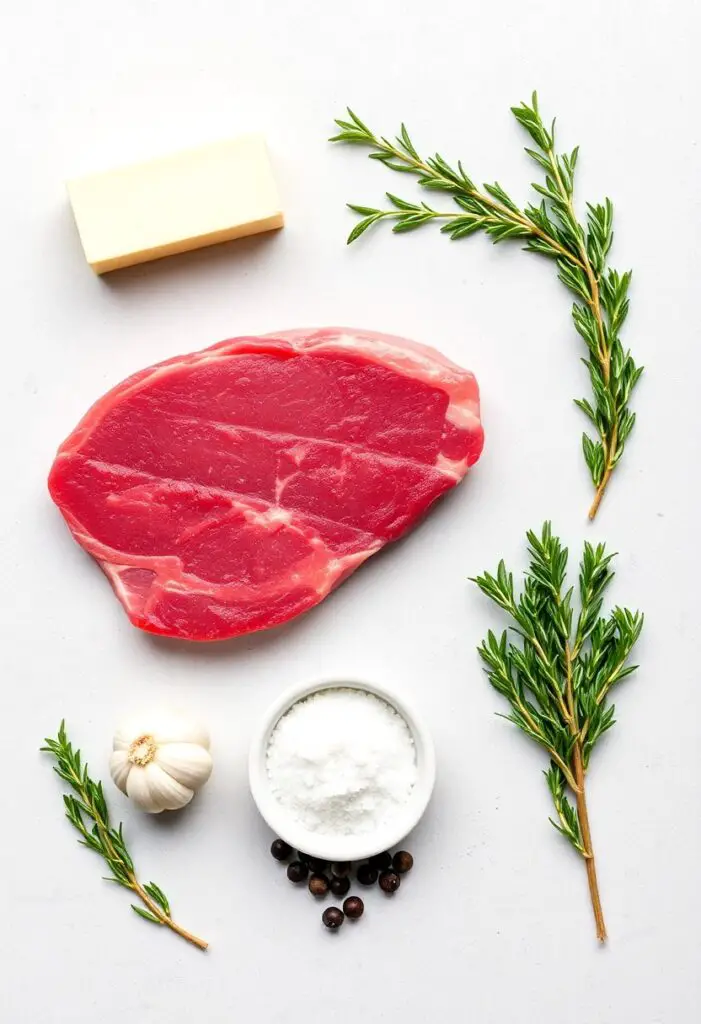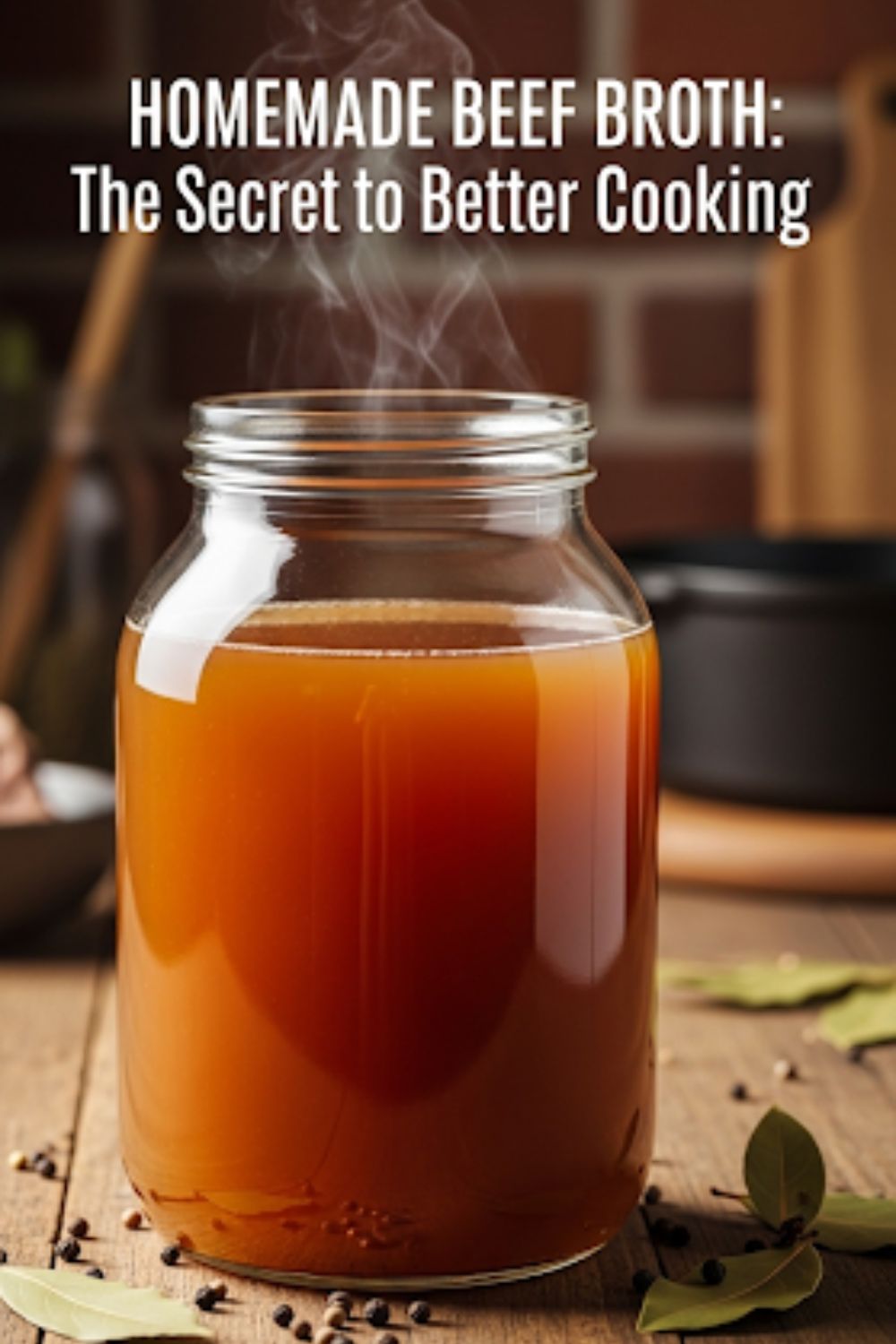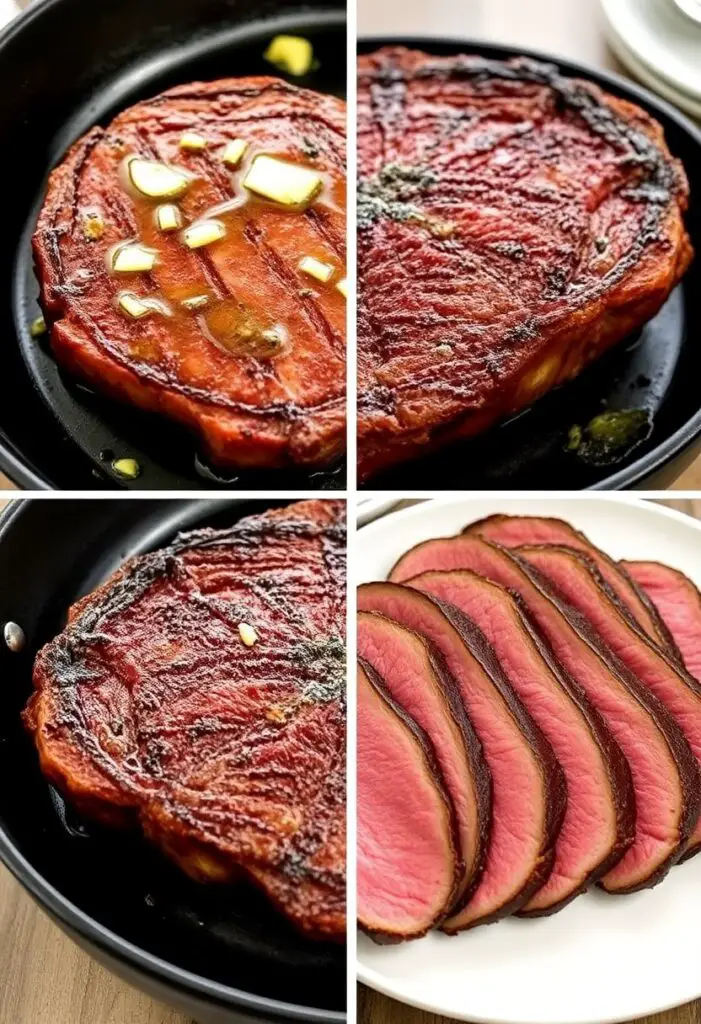How to Cook Sirloin Steak (So It’s Tender, Not a Tough Letdown)
Let’s be honest, we all dream of that perfect steakhouse dinner. The sizzling platter, the incredible crust, the juicy, tender interior… and the eye-watering bill at the end. But what if I told you that you could achieve that same glorious, steak-fueled bliss at home, without taking out a small loan? My friend, it’s time to stop overlooking the humble hero of the meat counter: the sirloin. Forget what you think you know about it being tough. Today, you are going to learn how to cook sirloin steak on the stove with a method so foolproof, so flavorful, it will become your new weeknight superpower.
Why This Recipe Is Awesome (It’s Steakhouse-Quality on a Budget)
So why are we dedicating an entire article to the good old sirloin? Because when you treat it right, it is an absolutely phenomenal cut of meat. This method is awesome because:
- It Creates INSANE Flavor: We’re using a high-heat sear followed by a decadent butter baste with garlic and herbs. This creates a spectacular crust and infuses the steak with rich, savory, five-star flavor.
- Guaranteed Tenderness: Sirloin is a leaner cut, which means the biggest risk is overcooking it into a chewy tragedy. This fast, precise method, combined with one essential tool, will guarantee a juicy, tender result every single time.
- It’s Incredibly Fast: We’re talking under 15 minutes from prep to plate. It’s the ultimate fast and fancy meal, perfect for a special weeknight dinner in your Khulna home.
- It’s Budget-Friendly: You get all the satisfaction of a fantastic steak dinner for a fraction of the price of a ribeye or filet mignon. It’s a smart and delicious choice.
You’re not just cooking a steak; you’re mastering a technique that turns an affordable cut into a luxurious experience.
Ingredients: Your Simple Path to Steak Success
You don’t need a complicated marinade. We’re letting the beef and butter do the talking.
- 1 (1.5-inch thick) top sirloin steak (about 12-16 ounces)
- 1 tablespoon high-smoke-point oil (like avocado, grapeseed, or canola oil)
- Kosher salt, to taste
- Freshly cracked black pepper, to taste
- 2 tablespoons unsalted butter
- 2-3 cloves garlic, smashed
- 2 sprigs fresh rosemary or thyme (optional, but highly recommended)
The Golden Rules of Steak Selection:
- Thickness is Key: A thick-cut steak (at least 1.25 to 1.5 inches) is your best friend. It allows you to get a deep, dark crust on the outside before the inside has a chance to overcook.
- Bring it to Room Temp: Pull your steak out of the fridge 30-60 minutes before cooking. A cold steak will cook unevenly.
Tools & Kitchen Gadgets Used: Your Searing Arsenal
The right pan and one other tool are non-negotiable for success.
- A 12-inch Cast-Iron Skillet (This is the undisputed champion for an incredible crust. A heavy-bottomed stainless steel pan is the next best thing.)
- An Instant-Read Meat Thermometer (This is your secret weapon. It is the ONLY way to guarantee your steak is cooked to the perfect temperature. Don’t guess!)
- Tongs (Never pierce your steak with a fork!)
- A Large Spoon (for basting)
- Paper Towels
Step-by-Step Instructions: The Path to Pan-Seared Perfection
This all happens very quickly. Read the steps, get your station ready, and prepare for glory.
Act 1: The Prep (The Foundation of Flavor)
- The Room Temp Rest: Let your steak sit on the counter for 30-60 minutes to take the chill off.
- Pat It Bone Dry: This is a CRITICAL step. Use paper towels to pat the entire surface of the steak completely dry. A dry surface is what allows a beautiful brown crust to form. A wet steak will steam, which is a culinary crime.
- Season Like You Mean It: Just before you’re ready to cook, season the steak generously on all sides with kosher salt and freshly cracked black pepper. Don’t be shy!
Act 2: The Sizzle and the Baste (Where the Magic Happens)
- Get That Pan HOT: Place your cast-iron skillet over high heat. Let it preheat for a good 3-5 minutes until it is screaming hot and just starting to smoke.
- The Sear: Add the oil to the hot pan. Carefully place your seasoned steak in the skillet. You should hear a loud, satisfying sizzle. Let it sear, undisturbed, for 2-4 minutes on the first side until a deep, dark crust has formed.
- The Flip: Use your tongs to flip the steak. Sear the second side for another 2-4 minutes.
- The Butter Bath: Reduce the heat to medium. Add the butter, smashed garlic cloves, and herb sprigs to the pan.
- Baste, Baste, Baste: As the butter melts and foams, tilt the pan towards you and use a large spoon to continuously scoop the fragrant, melted butter and pour it over the top of the steak. Do this for about 1-2 minutes, bathing the steak in all that glorious flavor.
Act 3: The Rest (The Most Important Step You’re Tempted to Skip)
- Check the Temp: This is where your meat thermometer comes in. Insert it into the thickest part of the steak. You’re looking for:
- Medium-Rare: 130-135°F (54-57°C) – The sweet spot for sirloin!
- Medium: 135-145°F (57-63°C)
- Pull the steak from the pan when it’s about 5 degrees below your target temperature.
- Let It Rest: Transfer the steak to a cutting board. Let it rest for 5-10 minutes. This is non-negotiable! It allows the juices to redistribute throughout the meat. If you slice it too soon, all that delicious juice will run out onto your board, and you’ll be left with a dry steak.
- Slice and Serve: After resting, slice the steak thinly against the grain. Serve immediately.
Calories & Nutritional Info (Per 4-ounce Serving)
Sirloin is a lean, mean, protein machine.
- Estimated Calories per serving: ~250-300 calories
- Protein: ~30g
- Fat: ~15g
Common Mistakes to Avoid: Don’t Commit These Steak Sins!
Avoid these common pitfalls for a perfect sirloin every time.
- Overcooking: Sirloin is a lean cut. It does not have the fat to forgive overcooking. Cooking it past medium will result in a tough, chewy steak. Use a meat thermometer and trust it.
- Not Getting the Pan Hot Enough: A lukewarm pan will result in a sad, gray steak with no crust. Your pan should be smoking hot.
- Moving the Steak Around: Leave it alone! Let that beautiful crust form. Flip it once or twice, that’s it.
- Skipping the Rest: This is the difference between a juicy steak and a dry one. You must let it rest.
Variations & Customizations: Your Steak, Your Signature
The classic is perfect, but feel free to add your own flair.
- Steakhouse Compound Butter: Skip the butter baste. Instead, top your hot, rested steak with a pat of compound butter made by mixing softened butter with minced garlic, fresh parsley, and a pinch of salt.
- Peppercorn Crusted Sirloin: Before seasoning with salt, press a generous amount of coarsely cracked black peppercorns into both sides of the steak for a classic Steak au Poivre vibe.
- Quick Pan Sauce: After you remove the steak to rest, pour off the excess fat from the pan. Deglaze with a splash of red wine or beef broth, scraping up the browned bits. Stir in a pat of cold butter off the heat to create a quick, luxurious sauce.
FAQ Section: All Your Sirloin Questions, Answered
You have questions about this underrated cut. I have answers.
- Q: What is top sirloin steak? A: It’s a cut from the primal loin section, located near the rear of the cow. It’s known for having good beefy flavor and being relatively lean, making it a great value.
- Q: How thick should I buy my sirloin? A: Aim for at least 1.25 to 1.5 inches thick. This allows you to get a great sear on the outside without overcooking the inside.
- Q: Why did my steak come out tough? A: You almost certainly overcooked it. Sirloin does not have a lot of intramuscular fat, so it becomes tough very quickly once cooked past medium. A meat thermometer is your best friend.
- Q: What does “slicing against the grain” mean? A: Look closely at your cooked steak. You’ll see the muscle fibers running in a specific direction. You want to slice perpendicular to those lines. This breaks up the muscle fibers and makes the steak much more tender to chew.
- Q: Can I use this method on the grill? A: Yes! Get your grill screaming hot, sear for a few minutes per side, then move the steak to a cooler part of the grill to finish cooking to your desired temperature.
- Q: Is a cast-iron skillet really that important? A: For the best possible crust, yes. It holds heat incredibly well and distributes it evenly, which is what creates that perfect, edge-to-edge sear.
- Q: Should I marinate a sirloin steak? A: You can, but with this pan-searing and butter-basting method, it’s not necessary. The simple salt and pepper seasoning allows the rich, beefy flavor from the crust to shine.
Final Thoughts: You Are Now a Steak Master
You’ve done it. You’ve looked a humble sirloin in the eye and transformed it into a steakhouse-worthy masterpiece. You’ve mastered the sear, the baste, and the all-important rest. So go forth, cook with confidence, and never pay an exorbitant price for a perfect steak again. Your kitchen is now the best steakhouse in town.


